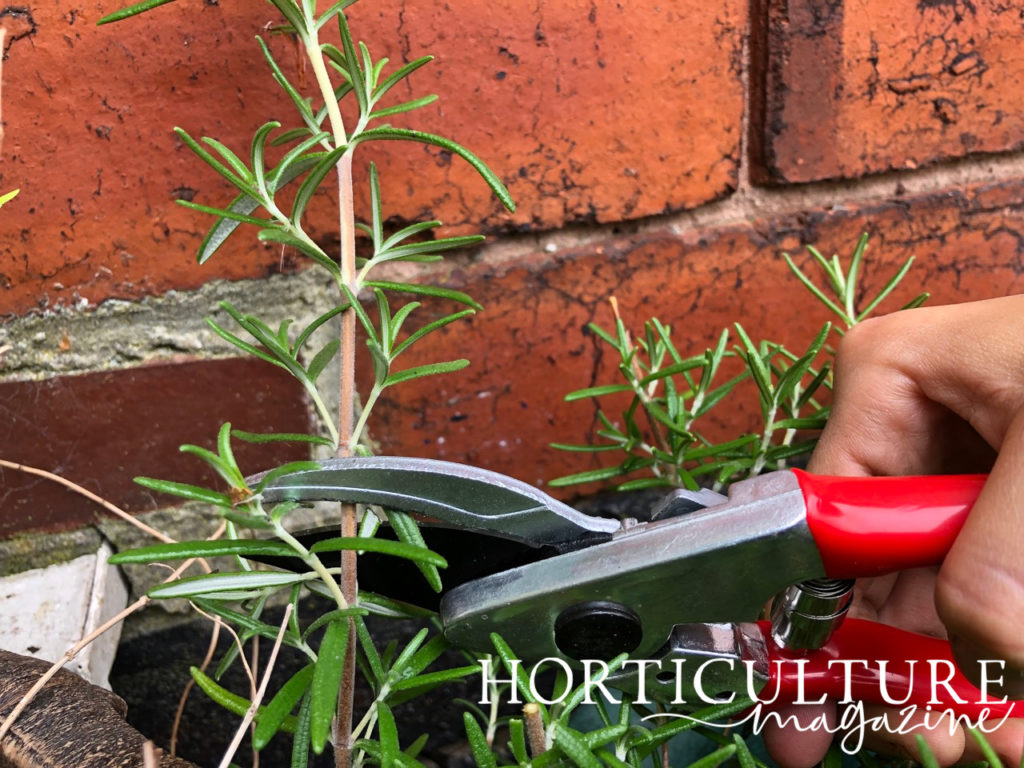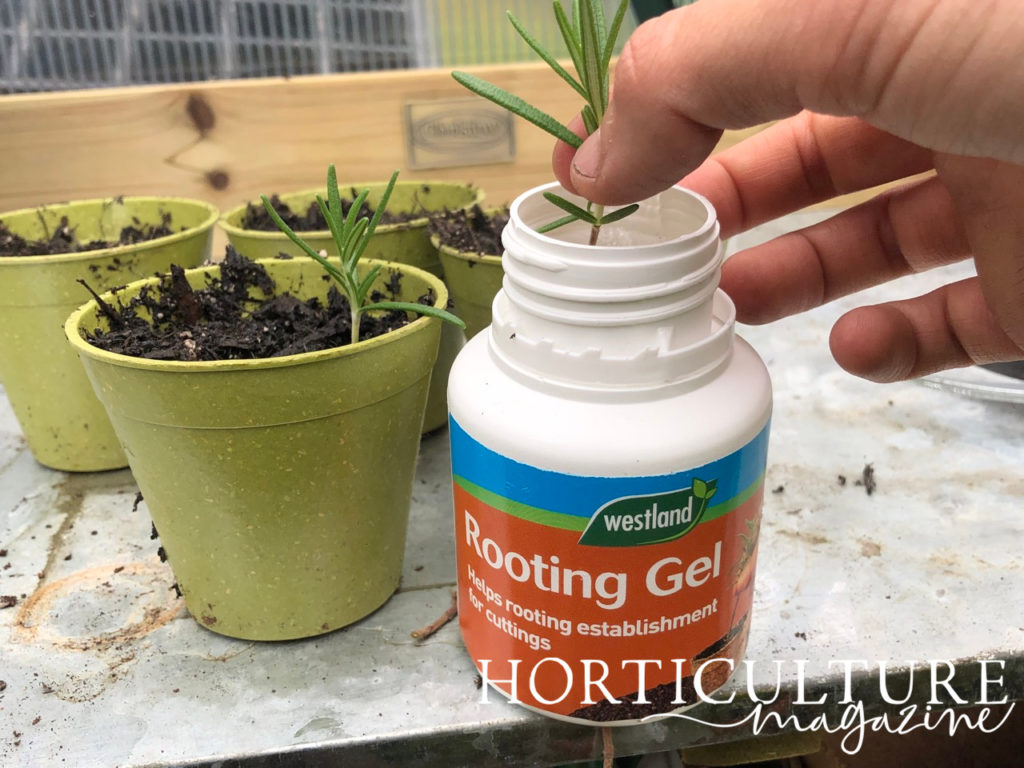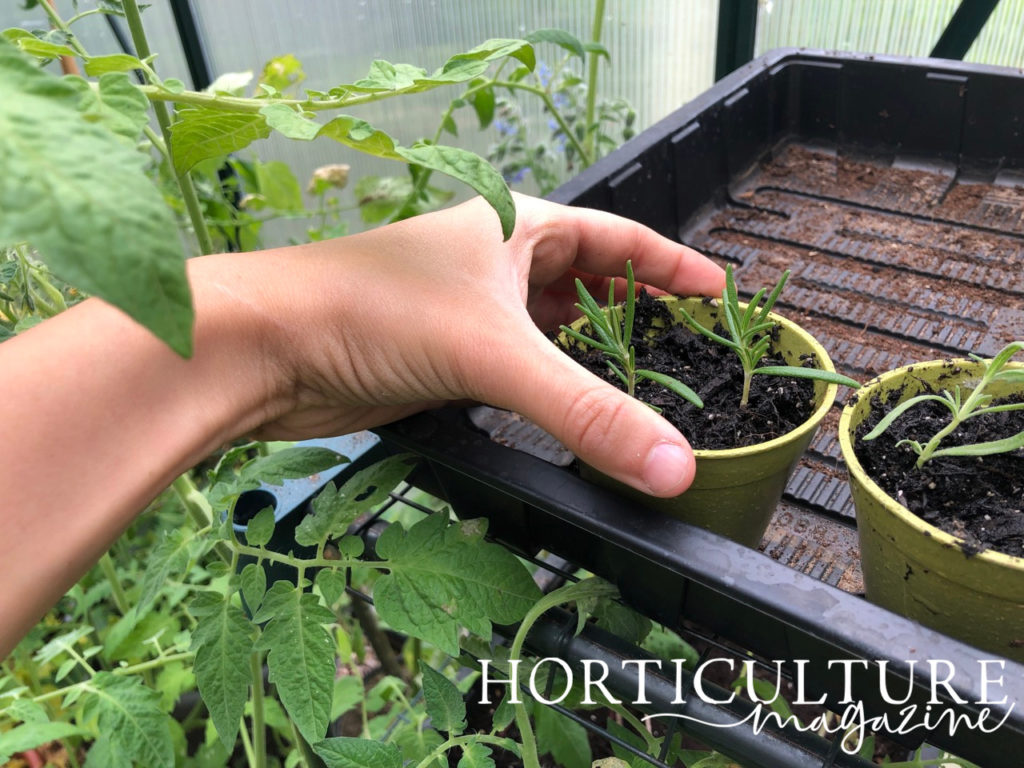
Elizabeth is a Permaculture Garden Designer, Sustainability Consultant and Professional Writer, working as an advocate for positive change. She graduated from the University of St. Andrews with an MA in English and Philosophy and obtained a Diploma in Applied Permaculture Design from the Permaculture Association.
Reviewed By COLIN SKELLY

Colin is a Horticulturist and Horticultural Consultant with experience in a range of practical and managerial roles across heritage, commercial and public horticulture. He holds the Royal Horticultural Society’s Master of Horticulture award and has a particular interest in horticultural ecology and naturalistic planting for habitat and climate resilience.
Contributions From EMILY CUPIT

Emily is a Gardening Writer, Photographer and Videographer from Derbyshire, UK. She is the Founder of Emily's Green Diary - a community of more than 75,000 people who share in her gardening journey.
IN THIS GUIDE
ROSEMARY GUIDES
Cuttings Propagation
Harvesting
Pruning
Rosemary is an evergreen shrub, commonly cultivated as a culinary herb, that not only tastes good but is also beneficial in a range of other ways in your home and garden.
The good news is that if you already have a rosemary plant in your garden, it is very easy to propagate new plants from existing ones.
One of the easiest ways to propagate this woody herb is by taking semi-ripe cuttings.
In mid to late summer or early autumn:
- Select healthy shoots and take cuttings 10-15cm in length.
- Trim the cuttings just below a leaf node and remove the lowest leaves and soft tips.
- Place cuttings around the edges of pots, filled with a mix of 50% peat-free compost and 50% horticultural sand or grit.
- Place pots in a warm, bright position out of direct sunlight, and keep the medium moist but not waterlogged.
- Once they have rooted successfully, pot up the new rosemary plants into their own individual pots or in your garden.
See below for a visual demonstration of each of these steps.
| Difficulty | Easy |
| Equipment Required | Secateurs, compost mix, pots or seed tray |
| When To Take Cuttings | July to September |
1) Take Semi-Ripe Cuttings
The best way to propagate woody herbs like rosemary is to take semi-ripe cuttings.

This can be done towards the end of the summer or in the early autumn.
Cut sections around 10-15cm long from the plants, taking care to select healthy shoots and cutting just below a leaf node.
2) Prepare Plant Cuttings
Prepare the rosemary cuttings by removing the lowest leaves and cutting off the soft tip at the top of the cutting you have taken.

It is important to deal with cuttings as quickly as possible, to avoid too much moisture loss.
With this in mind, try to take cuttings only when you can prepare and pot them up right away.

If you wish, you can also dip the ends of the rosemary cuttings into a rooting hormone to improve the chances that they will root successfully, but rosemary is typically fairly reliable to root without this step.
3) Pot Up Your Rosemary
Prepare pots filled with a cuttings medium made up of 50% peat-free compost and 50% sand or grit to improve drainage.
“I find that adding grit is essential for Rosemary cuttings to root reliably,” says Master Horticulturist Colin Skelly.
“Too much moisture will cause the stems to rot, so make sure that your compost is sharply draining.”

Place 5 or so rosemary cuttings around the sides of each pot.
4) Care For Potted Cuttings
With rosemary, it is best not to cover your cuttings, but make sure that they do not dry out.
Keep them in a light, bright spot that is relatively warm, but out of direct sunlight.

Water consistently, but take care not to overwater since rosemary cannot tolerate waterlogged conditions that might cause the cuttings to rot before they get the chance to root successfully.
Semi-ripe rosemary cuttings will typically root successfully within a month or two.
5) Plant Out When Ready
Once the rosemary cuttings have rooted successfully, pot up each individual cutting into its own individual pot.
These are typically kept indoors or undercover at least during their first winter, to give the plants a chance to establish themselves well.

In spring, you can harden off and transplant these indoor-grown plants to your garden, or you can choose to continue to grow them in containers, either to be placed out into your garden or grown indoors year-round.
As you can see, growing rosemary from cuttings is a very easy and straightforward process.
So, once you have some rosemary in your home or garden, you should have no problem getting more.

